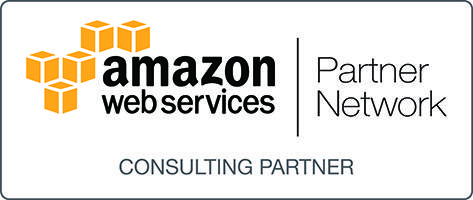End User Support
End User Support

DIVERSITY AND INCLUSION: A COLLABORATION
one hand, while diversity and inclusion represent different phenomenon, on the other hand, both the concepts are interrelated to each other as diversity focuses on acknowledging the different type of people working in an organization based on age, gender, ethnicity, nationality etc., while inclusion stresses upon leveraging the workforce diversity for organizational growth (Jordan, 2011; Arruda, 2016). However, it has been brought to the light through research that the influence of diversity and inclusion upon organizations are collaborative and inconclusive in nature (Wright et al, 2014; Rohwerdr, 2017) as diversity alone is not

sufficient for the holistic improvement of the organization (Arruda, 2016; Young, 2018). Bourke & Dillon (2018) asserted that as per the Deloitte’s research, diversity without inclusion is not fruitful. According to Deloitte’s review, diversity and inclusion both in collaboration are effective in achieving two times more financial targets, three times higher performance, six times more innovativeness and eight times better organizational outcomes (Bersin by Deloitte, Deloitte Consulting LLP, 2017; Deloitte Development LLC, 2018). The collaboration between the two is absolutely essential for the overall organizational growth and development. As diversity is a broader concept, we work at how gender diversity and inclusion can be seen collaboratively. Infact, bringing together both the concepts together essentially leads to more promising outcomes for the organizations.
MANAGERIAL IMPLICATIONS
Existence of gender diversity and inclusiveness at all levels of managerial hierarchy in organizations results in 30% better performance (Das, 2018). Currently, organizations must focus on gender diversity and inclusion as a core of their growth strategy as both help in developing vibrant, thriving, creative and innovative workplaces. Gender friendly and inclusive workplaces
can be developed by facilitating working mothers, protecting their employment, removing unconscious biasness, offering flexible working hours, fostering an inclusive and respectful working culture, fixing and achieving gender diversity goals.

UNMATCHED SOLUTIONS START HERE.
Bring us your toughest challenges and connect with our team for staffing and consulting services.



